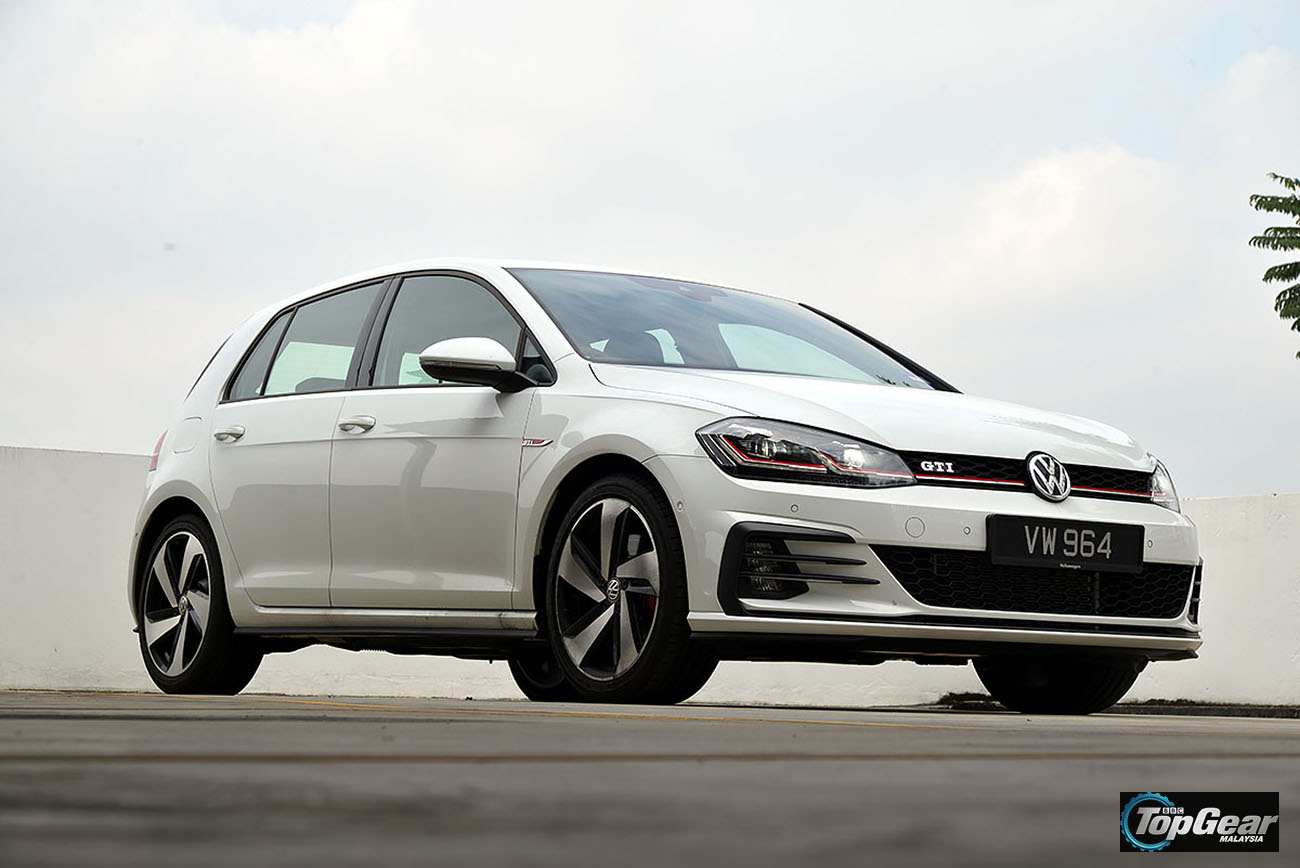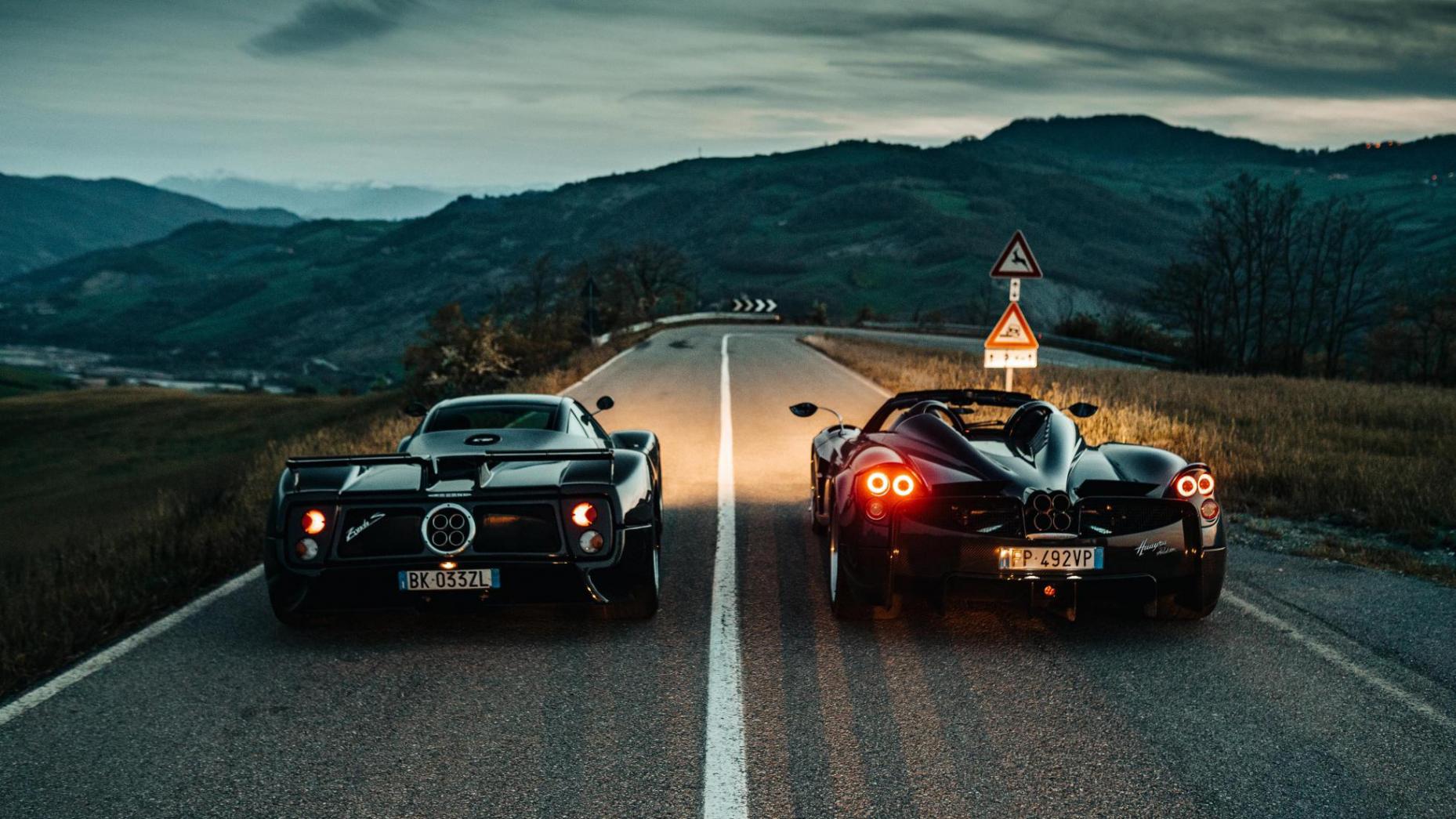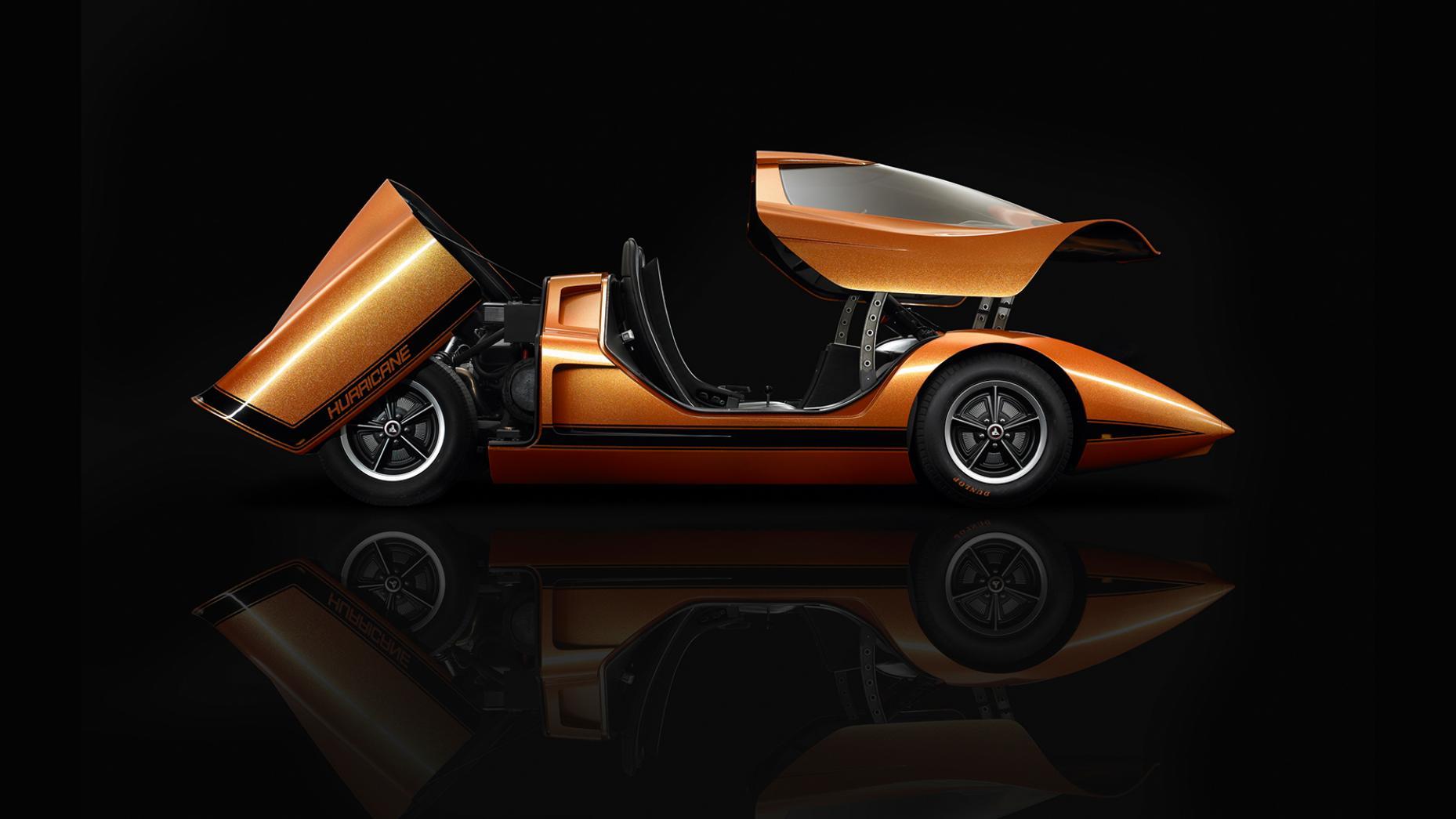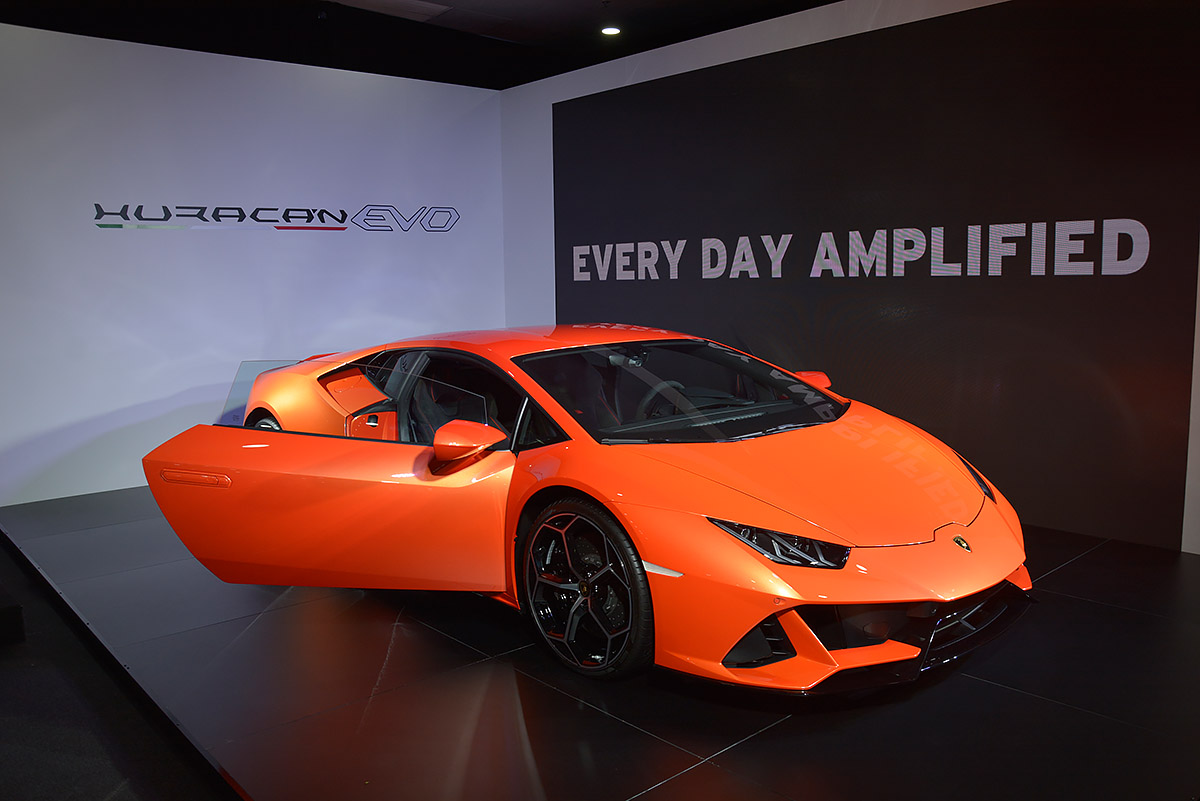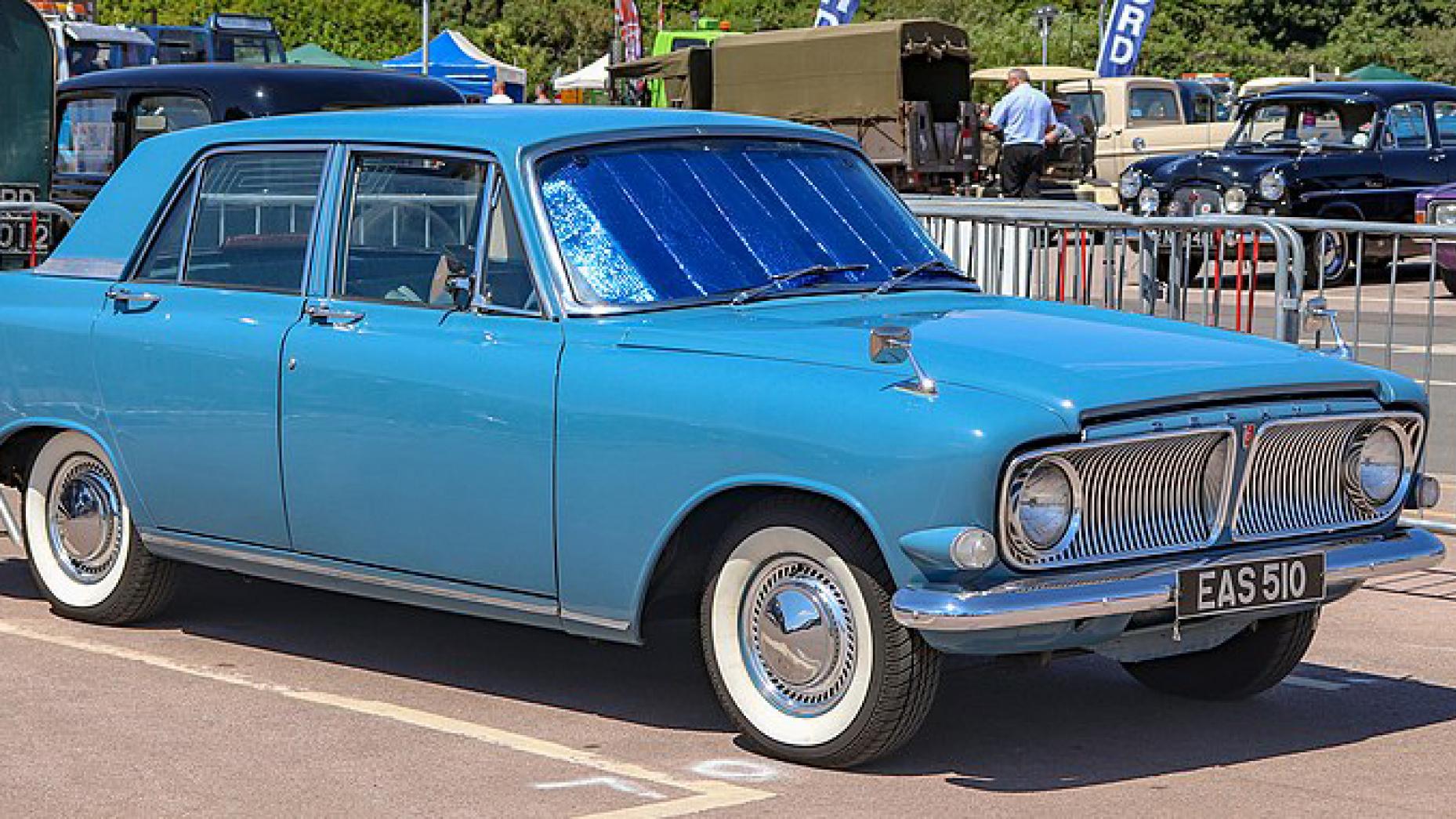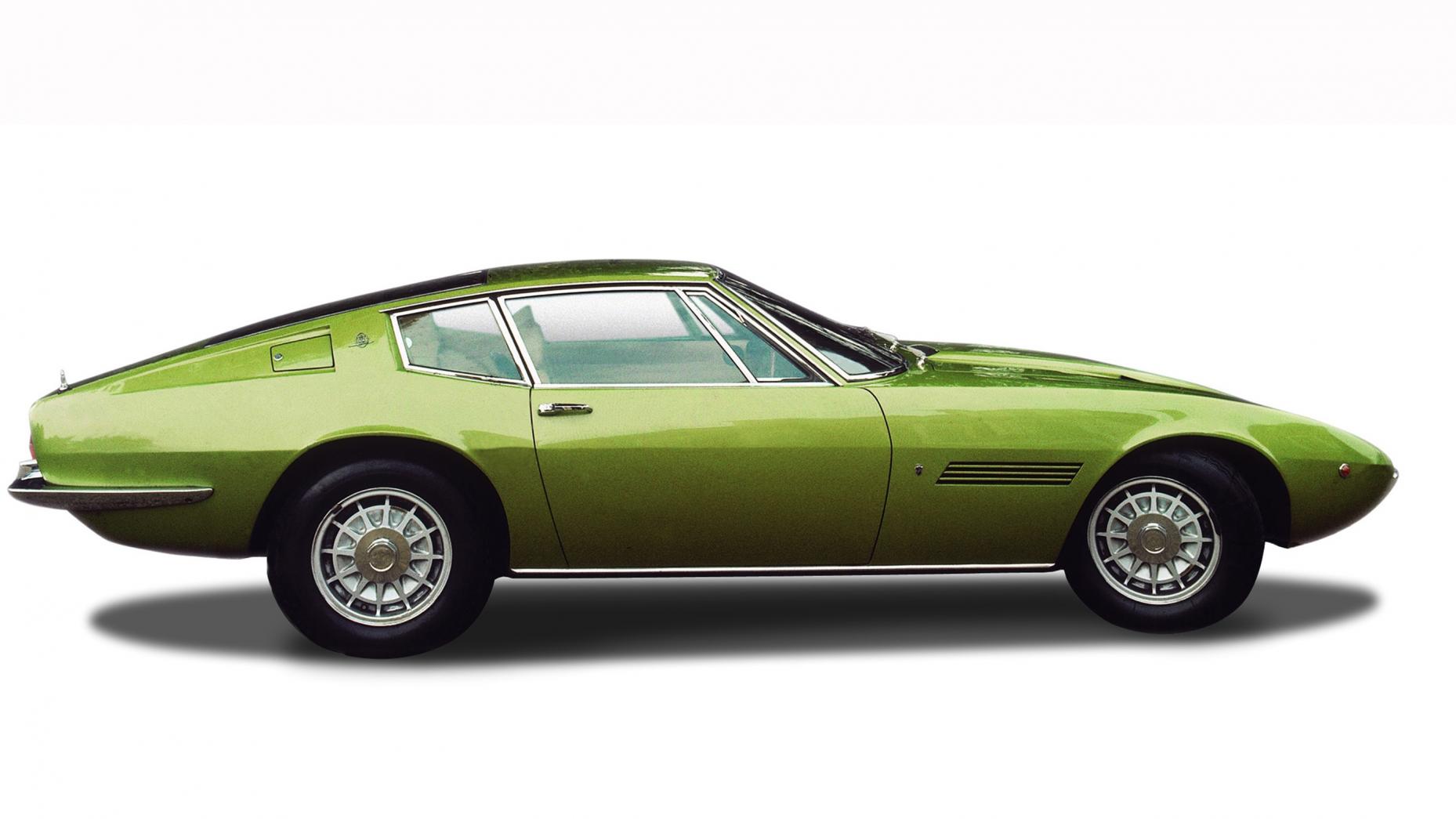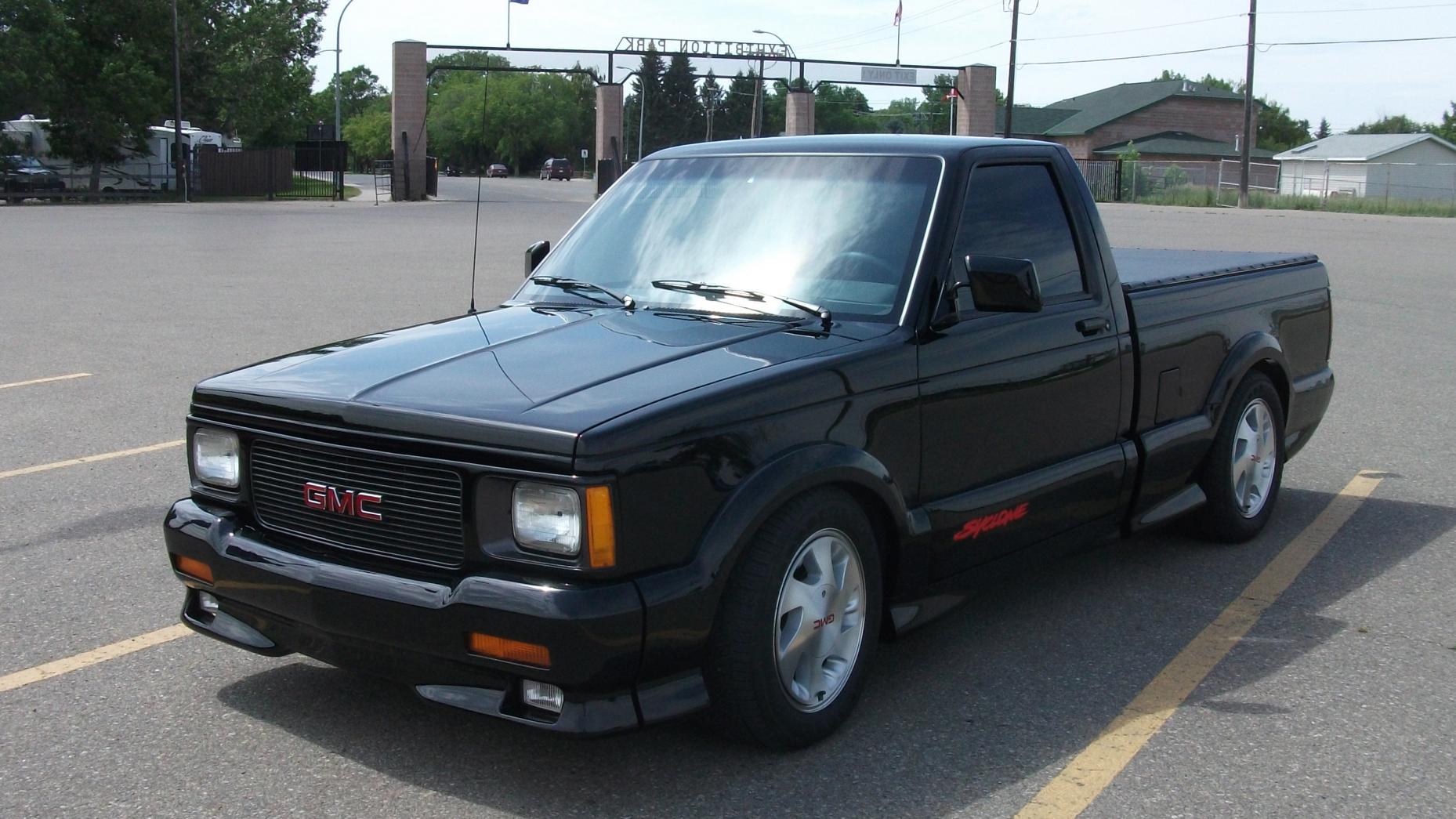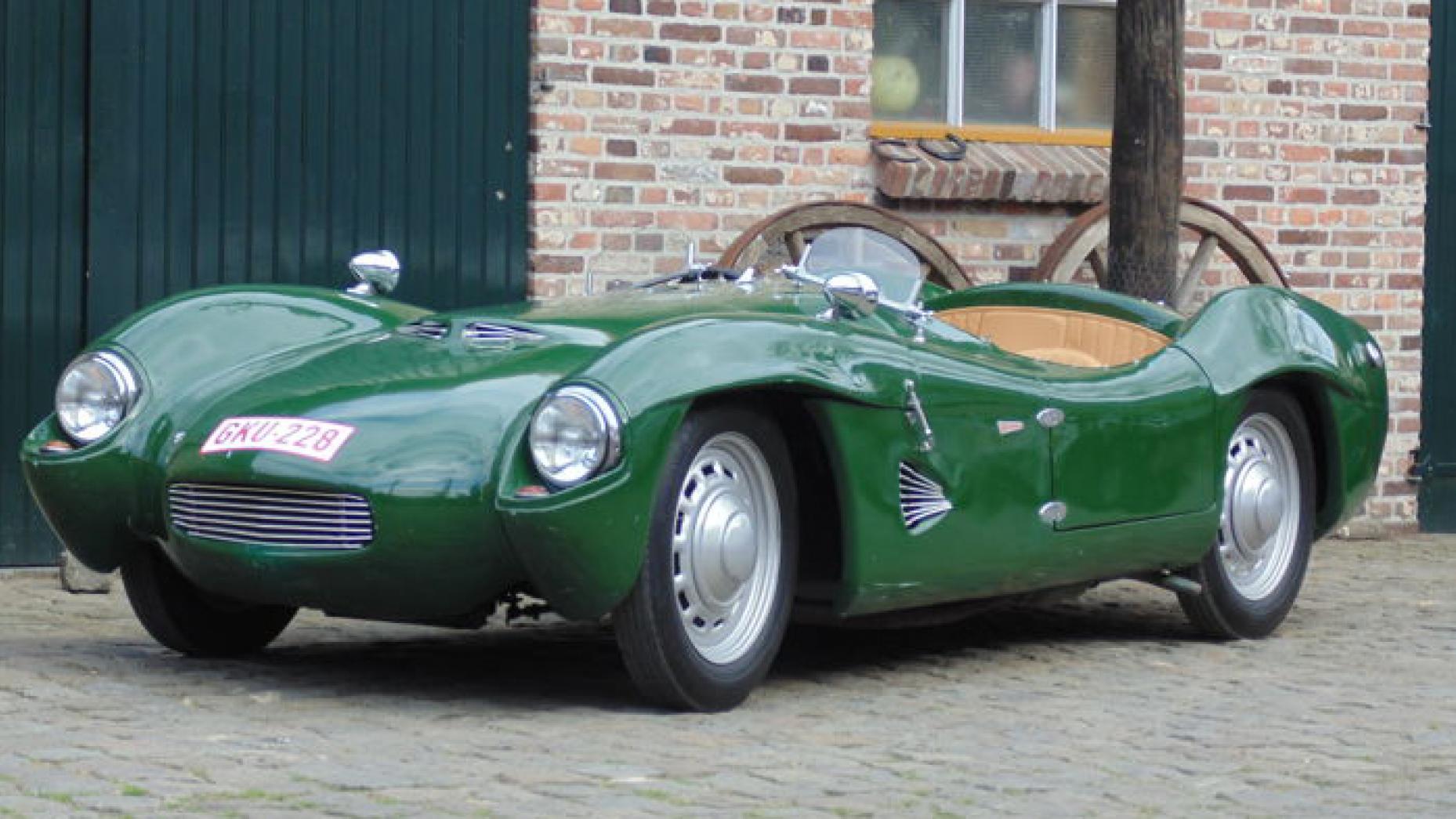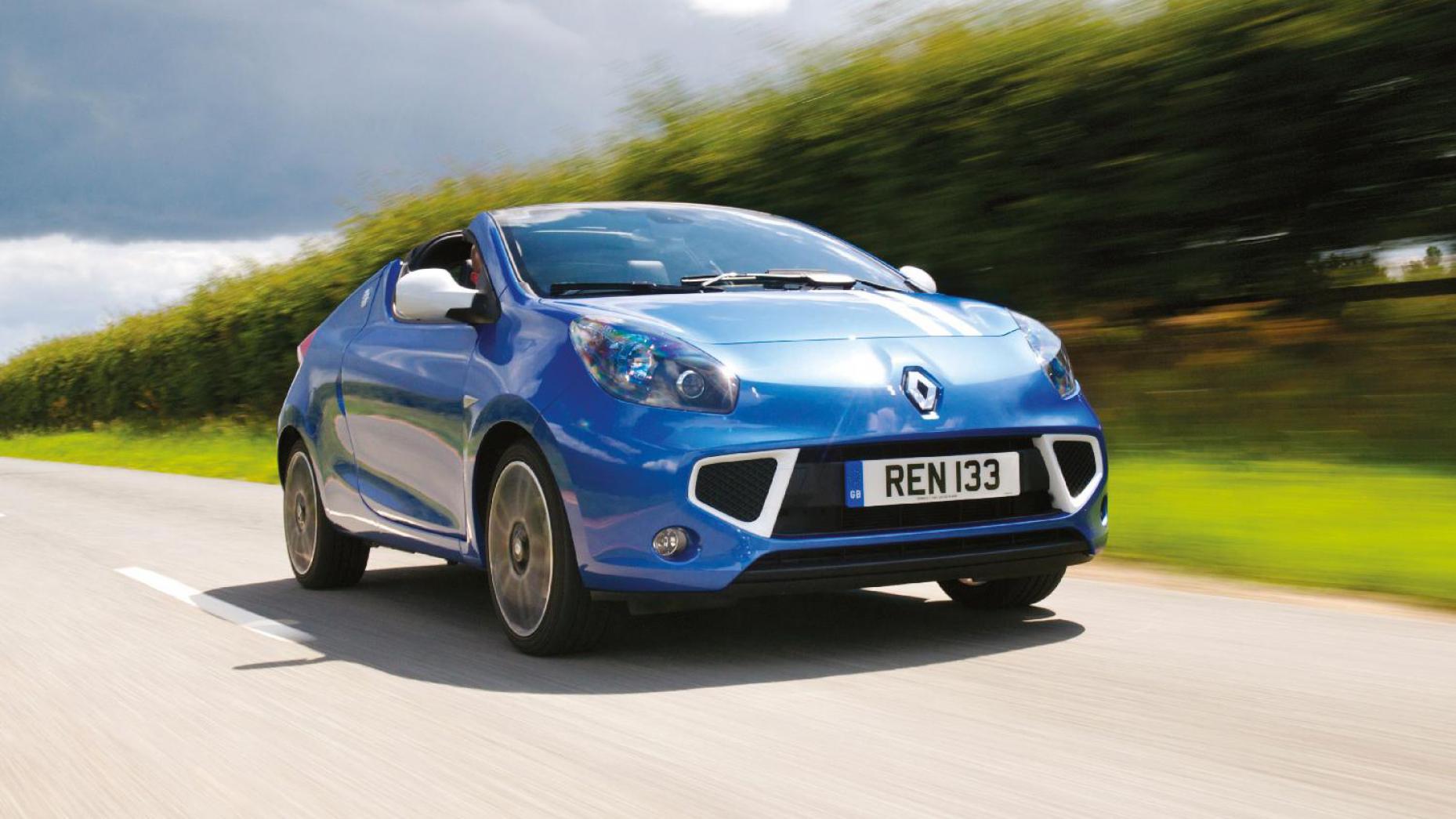Top Gear’s Top 9: cars named after the wind edition
1. Volkswagen Golf
Yep, VW’s seminal, hatchback-by-which-all-hatchbacks-are judged isn’t named after the game of knocking a small ball into a small hole with an expensive stick.
It’s actually badged in honour of the Gulf stream, and one of many VWs named after the wind – like Jetta (Jet stream), Scirocco (after a strong Saharan desert wind) and the Passat, which is a contraction of ‘passatwinde’, the German word for tradewind, that powered merchant sailing ships across the high seas. A noble quest, now continued by German business reps barrelling down das autobahn in their Passat 2.0 TDI Bluemotion. Safe travels, Herr Merchant.
2. Pagani Zonda (and Huayra)
Horacio Pagani is a native of Argentina, and intended to name his V12 masterpiece after his homeland’s greatest racing driver, the iconic Juan Manuel Fangio. However, as Fangio himself sadly passed away before the car was due to be revealed, Pagani had a change of heart, and instead titled the car Zonda, after the hot air current that blows across Argentina. You could say that the spirit of Fangio lives on in the car, even though his name isn’t carried next to those spectacular quad-exhausts.
Bonus point: the Huayra continues the gusty theme, taking its oft-mangled name from Peruvian wind-god Huayra-tata.
3. Perodua Aruz
Course, we could’ve had the Lamborghini Huracan, but strictly that’s named after a bull that was named after the stormy gale-force wind.
The Perodua Aruz, on the other hand, clearly gets its name from ‘arus’, which refers to tide or current in Bahasa Malaysia. In the context of the national carmaker’s flagship vehicle, the tides we’re picturing aren’t exactly of the tsunami-causing magnitude, but it’s a very cool name with a distinct local origin nonetheless. Maybe it should have been saved for a cooler car...
On a side note, Proton could have joined the likes of the Huracan and Huayra on this list if it had decided against X70 in favour of the highly-rumoured Proton Bayu (breeze in BM). It was a clever suggestion for a car known as the Geely Boyue back in China. Too bad.
4. Lamborghini Huracan
Oh, alright then. Huracan, the Spanish word for hurricane, was inspired by a particularly courageous Spanish fighting bull from 1879. Can’t advocate for bullfighting, of course, but we can endorse the baby Lambo’s spectacular naturally aspirated V10 in all its old-school brilliance. Strictly it’s pronounced ‘oo-rack-an’, without the haitch on the front, but if a native English speaker tries that, it sounds like a bad impression of the formidable All Blacks performing the Haka. Be warned.
5. Ford Zephyr
Zephyr – a warm, westerly wind, or the flagship British Ford of the 1950s and 1960s, featuring a straight-six engine, and styling unashamedly inspired by the finned, chromed jet-age cars coming out of Detroit wearing Ford badges at exactly the same time.
Just think, this is basically the genesis of the Mondeo. They sure don’t make ‘em like they used to. Call it the winds of change…
6. Maserati Ghibli
Maserati blew the dust off the Ghibli name in 2013 for its entry-level sports saloon. Hurrah, the first Maserati diesel! And one of the last, as it turned out. We won’t spoil your day with a picture of that Ghibli – there are prettier ones to ogle.
The illustrious trident had previously deployed the nameplate back in the late Sixities and early Seventies for a stunning 2+2-seater V8 GT car, and once more in the 1990s, for a boxier two-door coupe powered by a weeny 2.0-litre bi-turbo V6 for the Italian market, and a brawnier 2.8-litre V8 for exported versions. So, the cars don’t have much in common from an engineering perspective, but all of them share their name with a hot, dust-bearing wind that blows across north Africa.
7. GMC Syclone
Turns out that super-SUVs are by no means a folly of the 2010s.
The United States of You-Know-Who were quick out of the blocks way back in 1991, although GM’s go-faster version of the humdrum Sonoma pick-up truck was hardly a sure-fire success. In fact, because it was a leap into the unknown, GMC only produced 2,995 units, for one model year.
You’d bet your life on the magnificently named Syclone – a deliberate misspelling of the swirling tropical storm – being powered by a million-litre V8 developing about fifty horsepower, but nope. This was an early example of downsizing, with power being sourced from a 4.3-litre turbochaged V6, sending 280bhp and 475Nm to all four wheels through a four-speed automatic gearbox.
Terrifyingly, it was recorded sprinting from 0-100kph in about 4.3 seconds. Yep, meet the truck that could literally outpace a Ferrari. Yee-haa.
8. Tornado Typhoon
Two for the price of one here, people, with a contender for the greatest name ever to adorn any car… ever. Tornado is one of those classic British sports car makers that arrived after the Second World War, made some pretty, lightweight little speedsters, then promptly went bust.
Tornado only lasted from 1957-1962, and basically took everyday Ford oily bits and dressed them in bulbous fibreglass bodywork. The Typhoon model featured a 933cc four-cylinder engine, a three-speed manual, and two seats, though Tornado would also simply sell you the body to fit on top of, well, anything you liked.
9. Renault Wind
We had to. What is it about cars named after winds barely living for any time at all – unless they’re part of the VW Group? Weird.
Anyway, Renault’s attempt to shove some old Renaultsport Clio bits under a flip-top roof inspired by the Ferrari 575 Superamerica may not have been a commercial smash-hit, but it’s provided many puerile jokes for immature car fans like us since it let rip in 2010, and its demise just three years later.
Could’ve been a modern classic to rival the MX-5, this. Pity Renault blew it.
